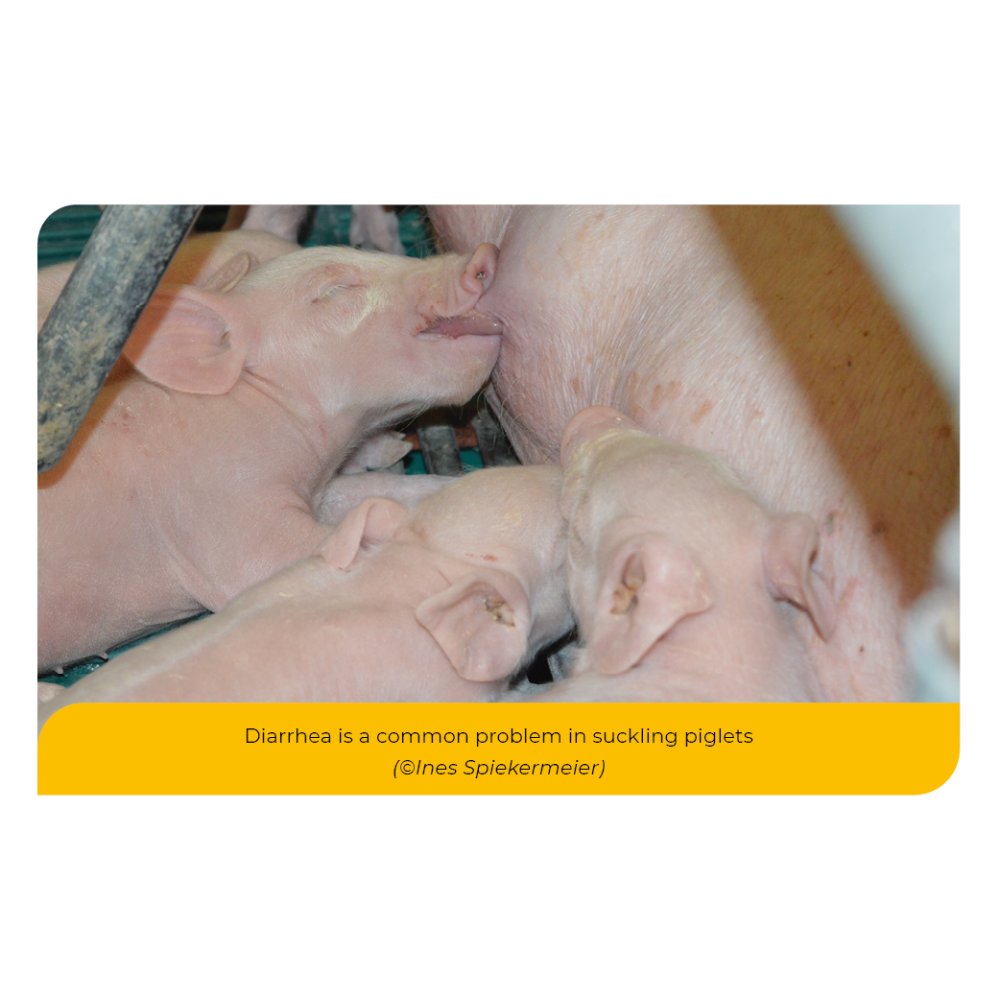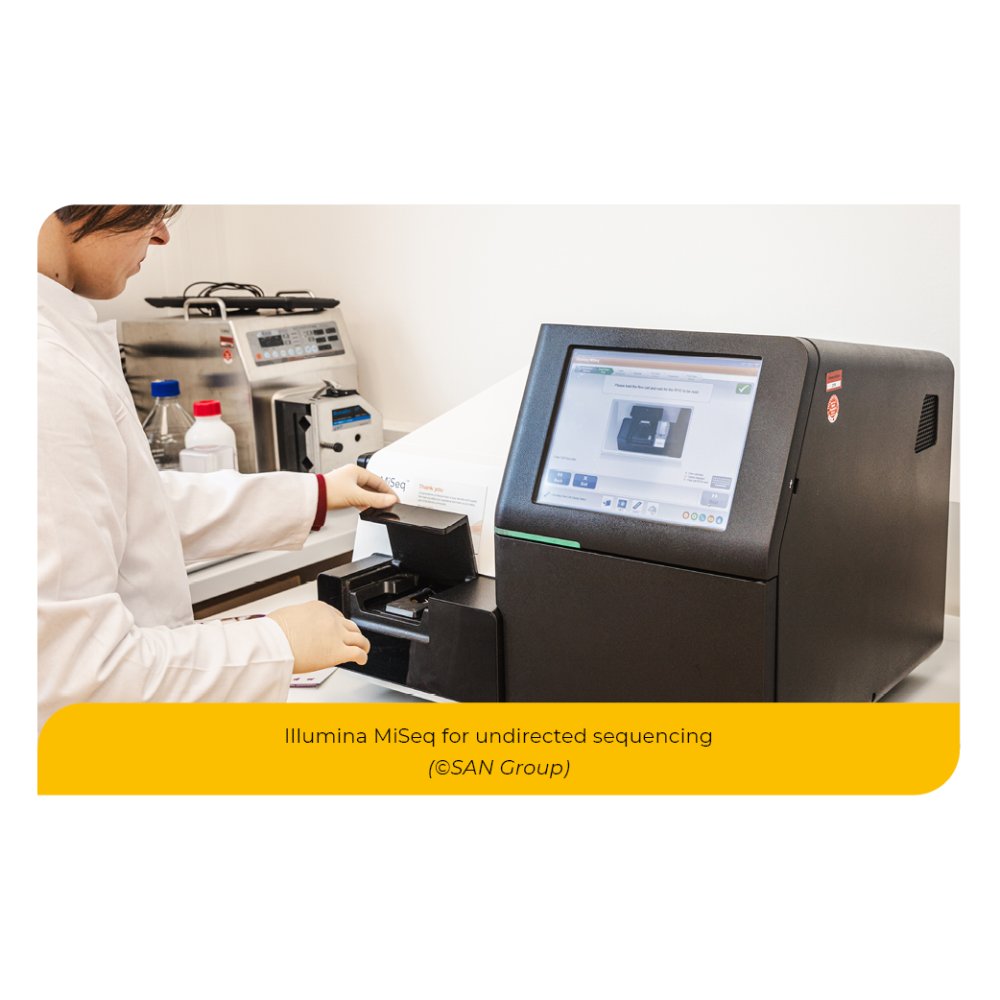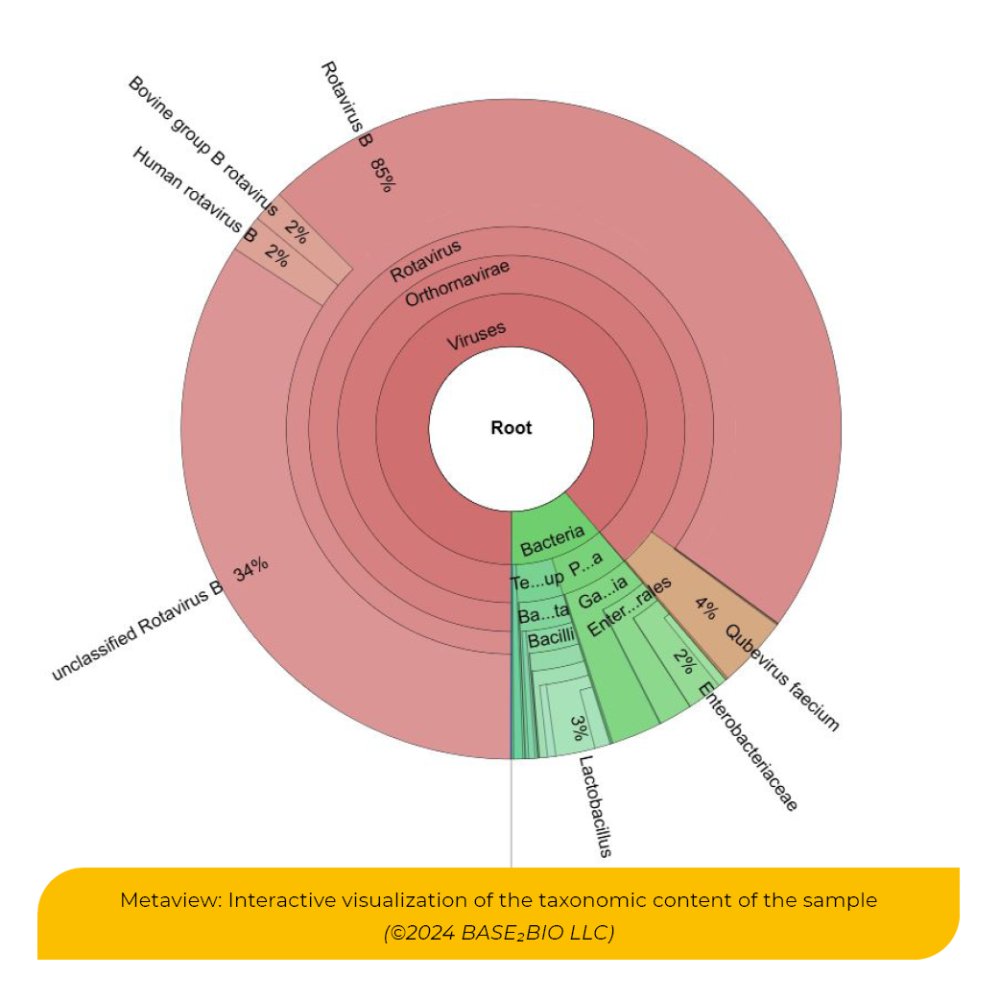Outbreak Of Diarrhea In Piglets In Germany Associated With Rotavirus B - Detected Through Unbiased Next-Generation Sequencing
Background and Objective
A commercial piglet production farm in Germany with 450 sows experienced recurring diarrhea outbreaks among piglets in their first days of life. Piglets are produced in a weekly rhythm and with a 26 days suckling period. Despite achieving an average of 32 weaned piglets per sow per year, the farm faces a pre-weaning mortality of 11.6 %. Diarrhea often begins in litters from gilts and spreads to offspring of older sows, with affected piglets displaying severe symptoms, including yellowish-white watery diarrhea and vomiting, leading to dehydration and nutrient deficiencies. The clinical symptoms did not improve with passive immunization against Escherichia coli, Clostridium perfringens type A and Clostridioides difficile or antibiotic treatment.

Material and Methods
For diagnostics, fecal samples from untreated piglets were collected and subjected to bacteriological analysis in aerobic culture. Additionally, a Clostridium enrichment procedure was performed, and the samples were tested for Rotavirus A and C (Kylt), Transmissible Gastroenteritis Virus, and Porcine Epidemic Diarrhea Virus (Virotype® PEDV/TGEV) using PCR. In a second step, unbiased next-generation sequencing was conducted using the Illumina MiSeq platform, followed by Rotavirus B (LSI VetMAX™) PCR testing.

Results
Bacteriological analysis identified the presence of Escherichia coli, Clostridioides difficile, and Clostridium perfringens. Because these results could not fully explain the clinical picture unbiased next-generation sequencing was carried out. It revealed a substantial presence of Rotavirus B, with de novo sequencing indicating a relative abundance of 85 % (293,442 specific counts). Rotavirus B PCR testing yielded a Ct-value of 22. Targeted management interventions, like optimized gilt integration and adjusted replacement rate were applied, which significantly improved clinical outcomes within the herd.

Discussion and Conclusion
In this case, unbiased sequencing facilitated the identification of a previously unrecognized etiological agent of piglet diarrhea within the herd. Currently, documented cases of Rotavirus B-associated diarrhea in piglets remain limited, suggesting that the virus may be underdiagnosed due to a lack of targeted diagnostics. Rotavirus B PCR is not routinely performed, which may contribute to underreporting.
Integrating unbiased next-generation sequencing into routine diagnostic protocols can significantly enhance the breadth of diagnostic capabilities for swine herds.
Let’s talk solutions and connect with our corresponding author: ines.spiekermeier@san-group.com
Credits:
I. Spiekermeier1 , J. Buch1, M. Beumer1, J. Reinmold1, S. Von Berg2
1 SAN Group Biotech Germany GmbH, Hoeltinghausen, Germany
2 Veterinary Practice Nachtigall & von Berg, Essen, Germany
SAN Group Biotech Germany GmbH I Mühlenstraße 13. I 49685 Höltinghausen GERMANY I +49 4473 9438 0 I office-de@san-group.com
Contact:
Contact us using the following form.

